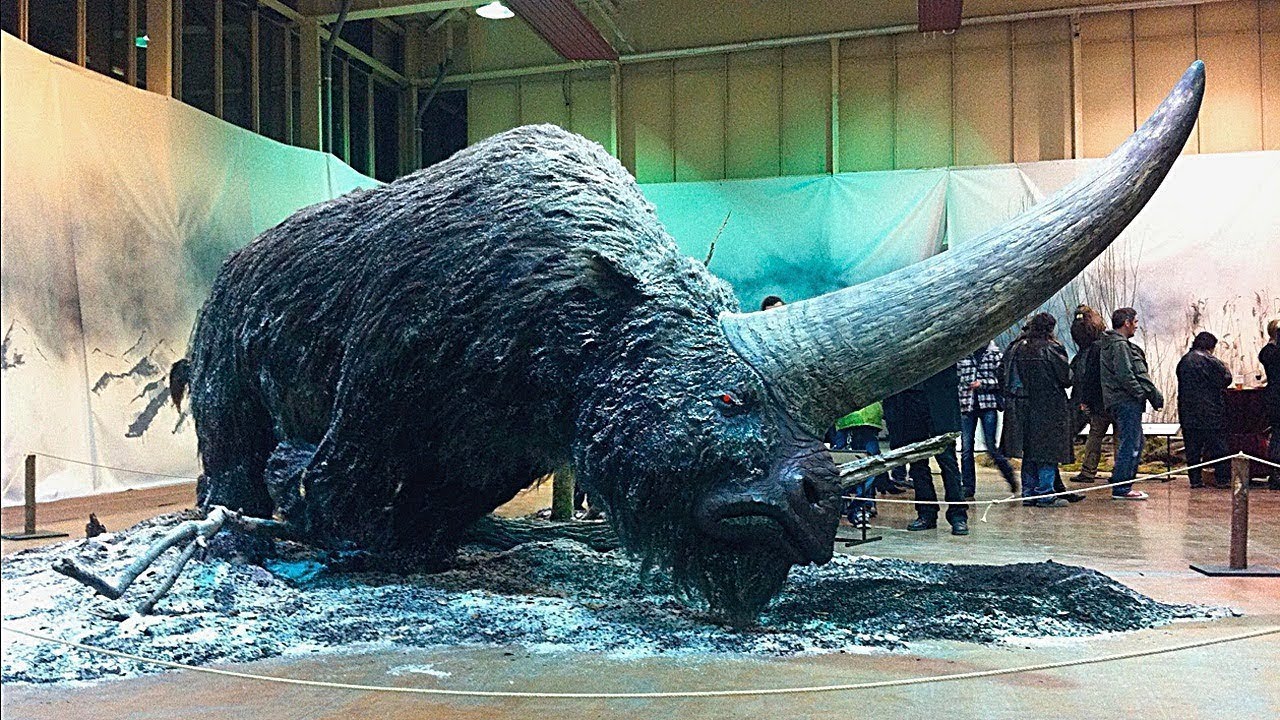
The Tragic Countdown: Animals Facing Extinction by 2025
As an avid nature enthusiast, I’ve witnessed firsthand the devastating impact of human activities on wildlife populations. It’s a disheartening reality that countless species are on the brink of extinction, their survival hanging precariously in the balance. One such grim milestone approaches in 2025, where an alarming number of animals are projected to vanish from our planet forever.
Today, let’s delve into the topic of animals facing extinction in 2025, shedding light on this pressing crisis and exploring what we can do to prevent it. Join me as we embark on a journey to understand the causes, consequences, and potential solutions surrounding this critical issue.
The Extinction Crisis: Causes and Consequences
The extinction crisis is a global tragedy, primarily driven by human activities that disrupt and destroy wildlife habitats. Deforestation, urbanization, and pollution are significant factors, encroaching on natural ecosystems and reducing the availability of food, water, and shelter for animals. Climate change further exacerbates this situation, causing habitat shifts and disruption of ecological processes.
The consequences of extinction are vast and profound. The loss of each species represents an irreplaceable link in the interconnected web of life. As species vanish, it disrupts food chains, reduces genetic diversity, and diminishes the overall resilience of ecosystems. Ultimately, the extinction crisis threatens the stability and health of our planet and the well-being of future generations.
Understanding Extinction Risk
To effectively address the extinction crisis, it’s essential to understand how extinction risk is determined. The International Union for Conservation of Nature (IUCN) Red List of Threatened Species provides a comprehensive assessment of the conservation status of various species based on factors such as population size, habitat availability, and threats faced.
Species are classified under different categories, including “Extinct,” “Extinct in the Wild,” “Critically Endangered,” “Endangered,” and “Vulnerable.” The Red List categorizations provide valuable insights into the urgency and severity of extinction threats, enabling policymakers and conservation organizations to prioritize their efforts.
Animals on the Brink: Projected Extinctions by 2025
According to the IUCN Red List, several animal species are projected to become extinct by 2025. These include the following:
- Amur Leopard
- Black Rhino
- Cross River Gorilla
- Javan Tiger
- Sumatran Orangutan
- Vaquita
- Western Black Rhinoceros
These species face imminent threats due to habitat loss, poaching, pollution, and other human-induced factors. Their extinction would represent a significant loss of biodiversity and a profound impact on the ecosystems they inhabit.
Tips for Prevention and Action
Preventing the extinction of these and many other species requires urgent action and a collaborative effort. Here are some practical tips and expert advice:
- Support Conservation Organizations: Donate to reputable organizations working on the ground to protect endangered species and their habitats.
- Reduce Your Carbon Footprint: Transition to renewable energy sources, adopt sustainable practices, and reduce your consumption of resources to mitigate climate change.
- Be a Responsible Consumer: Avoid purchasing products that contribute to deforestation or habitat destruction. Support sustainable and ethical practices in your choices.
- Raise Awareness: Educate yourself and others about the extinction crisis and its implications. Share the message to spread awareness and foster support for conservation efforts.
By implementing these measures, we can play a vital role in reversing the trend towards extinction. Every action, no matter how small, contributes to preserving our planet’s precious biodiversity for future generations.
FAQ on the Extinction Crisis
Q: What is the primary cause of the extinction crisis?
A: The extinction crisis is primarily driven by human activities such as deforestation, urbanization, pollution, and climate change.
Q: How can I identify animals that are at risk of extinction?
A: Refer to the IUCN Red List of Threatened Species, which provides a comprehensive assessment of the conservation status of various species and categorizes them based on their extinction risk.
Q: What are some examples of animals facing extinction by 2025?
A: Some of the animals projected to become extinct by 2025 include the Amur Leopard, Black Rhino, Cross River Gorilla, Javan Tiger, Sumatran Orangutan, Vaquita, and Western Black Rhinoceros.
Q: What can I do to prevent the extinction of endangered species?
A: Support conservation organizations, reduce your carbon footprint, be a responsible consumer, and raise awareness about the extinction crisis. Each action contributes to preserving biodiversity.
Q: How can I stay updated on the latest developments in wildlife conservation?
A: Follow reputable conservation organizations and research institutions on social media, subscribe to newsletters, and attend conferences to stay informed about the latest scientific findings and conservation initiatives.
Conclusion
The extinction crisis is a pressing global challenge that demands our attention and action. By understanding the causes, consequences, and potential solutions, we can contribute to reversing this devastating trend. Every step we take, every choice we make, can help protect endangered species and preserve the delicate balance of our planet.
Let us not wait until it’s too late. Let us join together to safeguard the future of wildlife and ensure that our children and grandchildren can continue to marvel at the wonders of the natural world. Is it a topic you are interested in? Let us know in the comments below.

Image: cyprus-mail.com

Image: www.thescottishsun.co.uk
Gold B1 Unit 7 Environment vocabulary | Baamboozle – Baamboozle | The … Nov 23, 2022The ongoing species extinction rates, which reached the 1% level on land and the 0% level in seas from 1800-1900 to 2010 1, 2, 3, are far from the major mass extinction magnitude (> 60%) 4